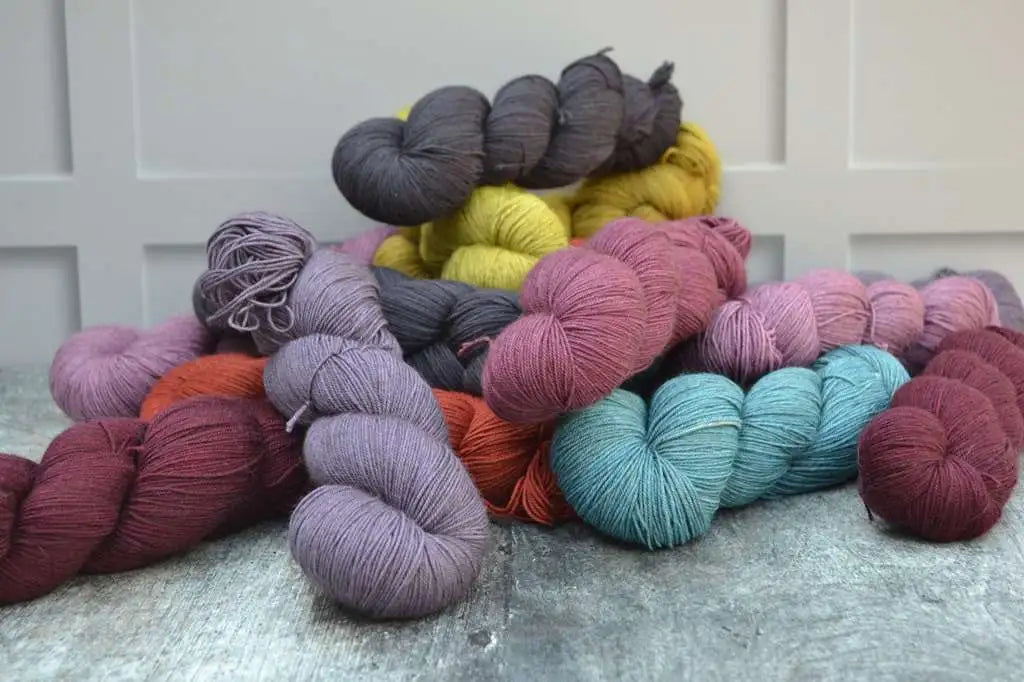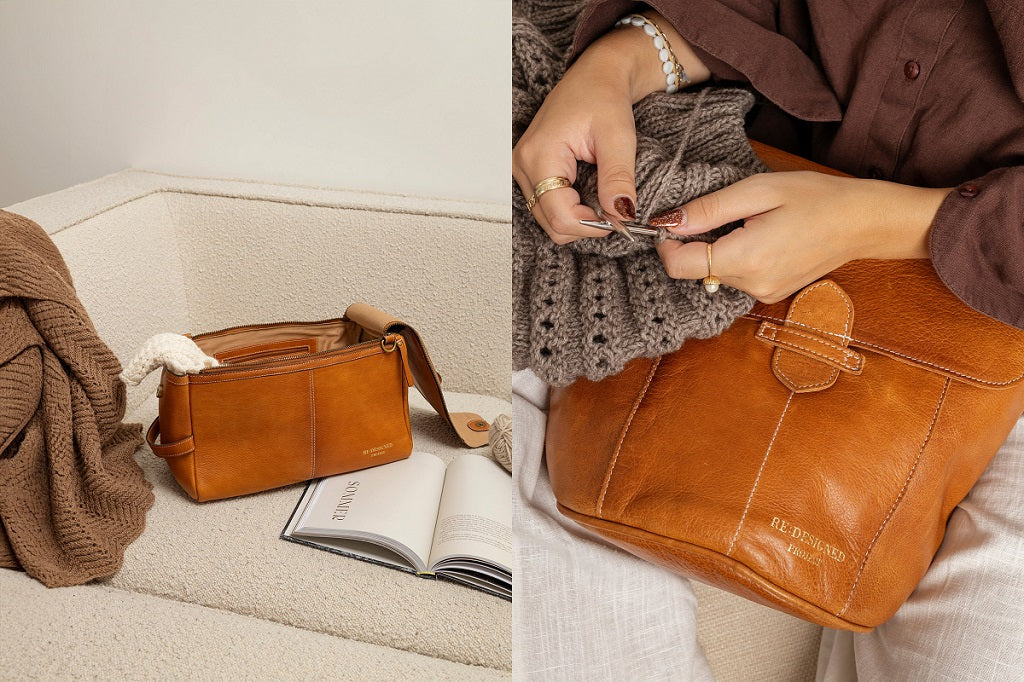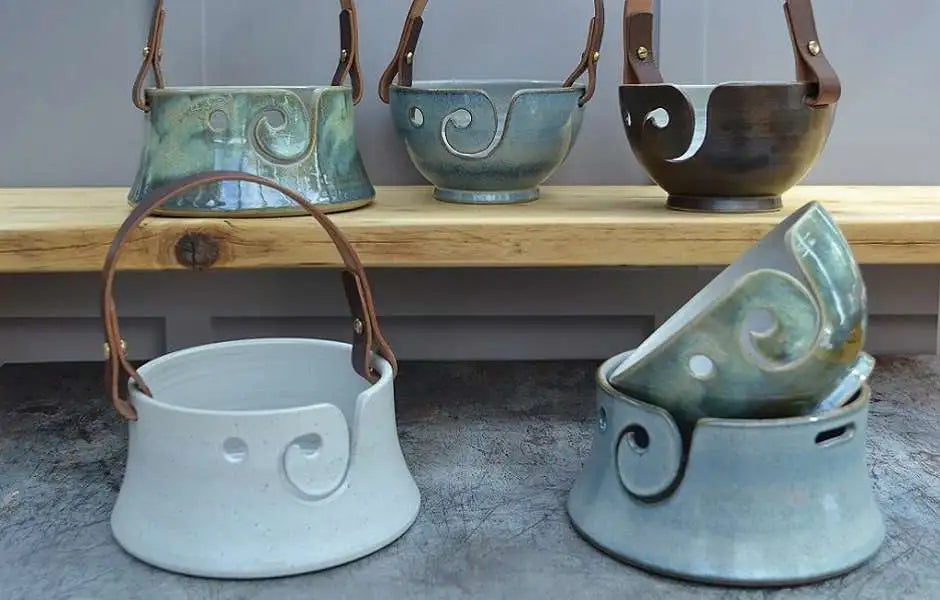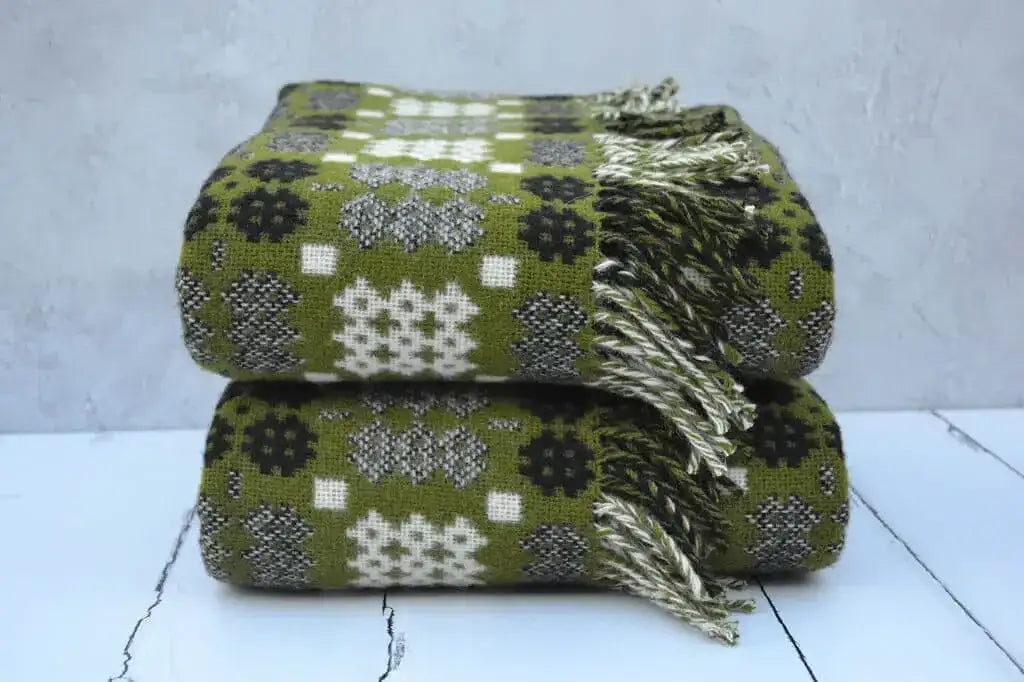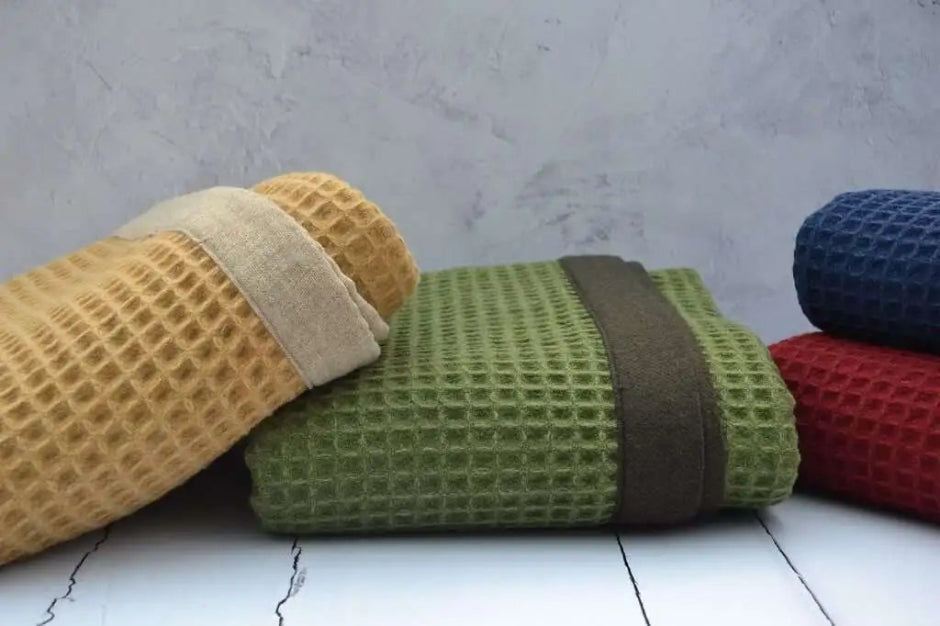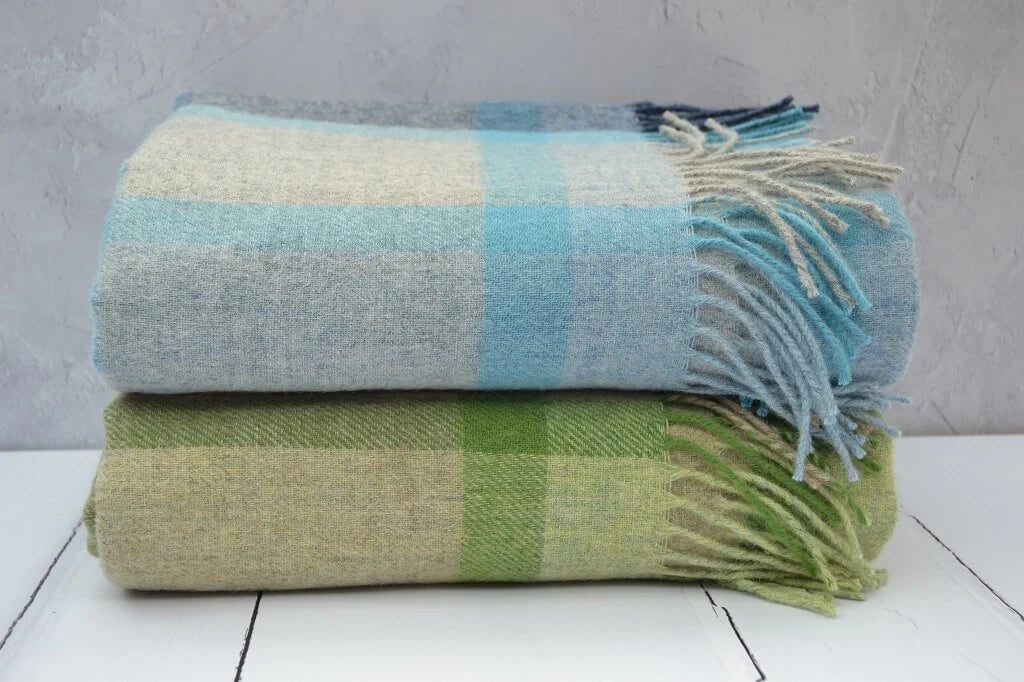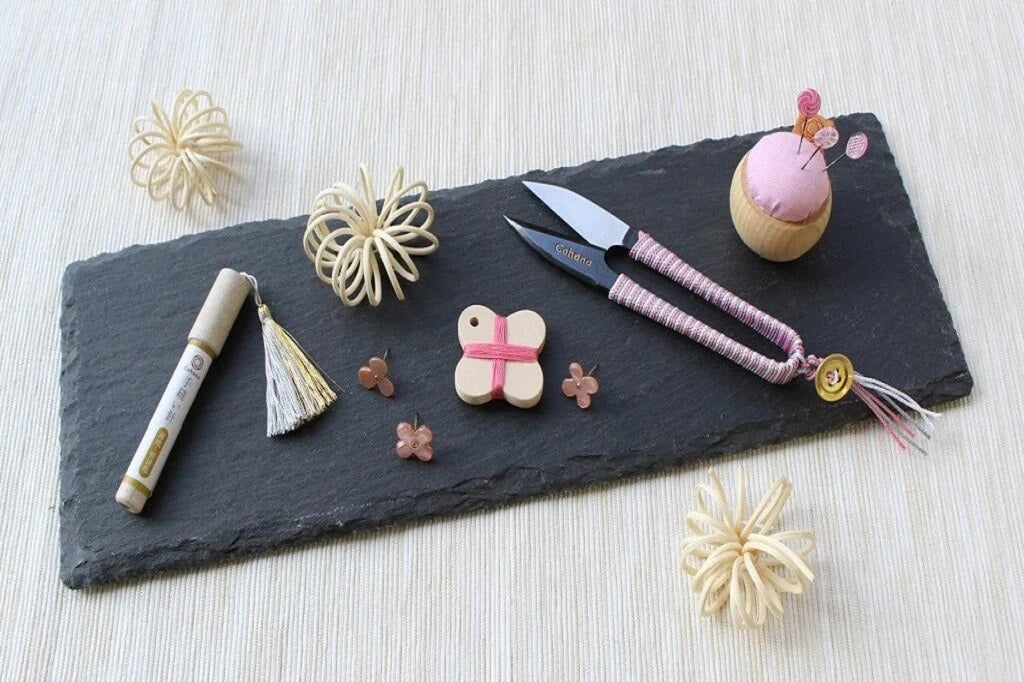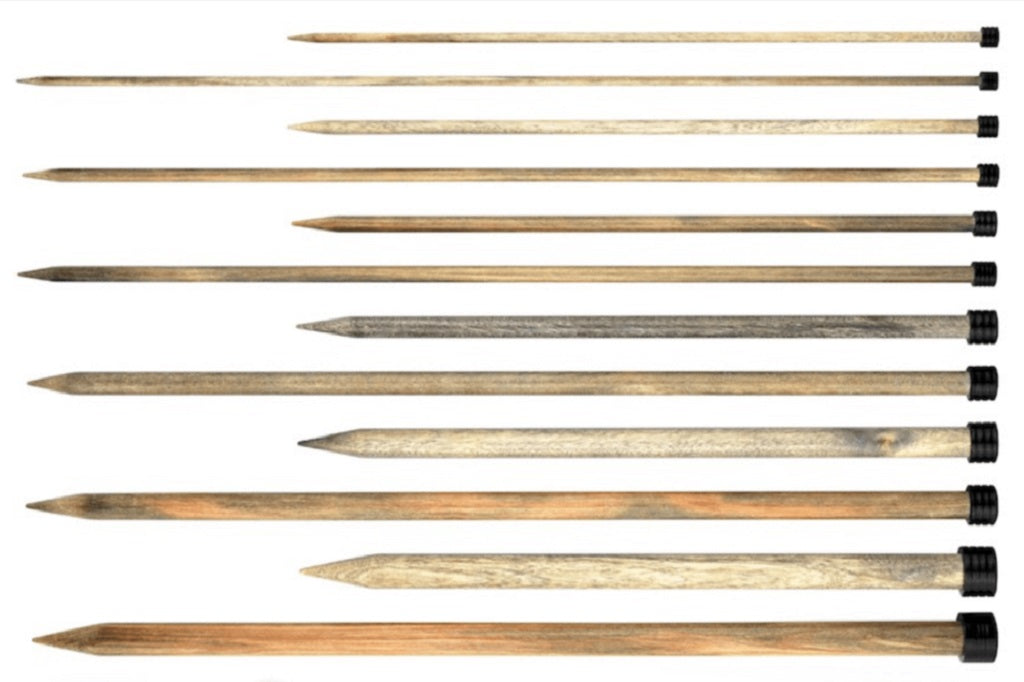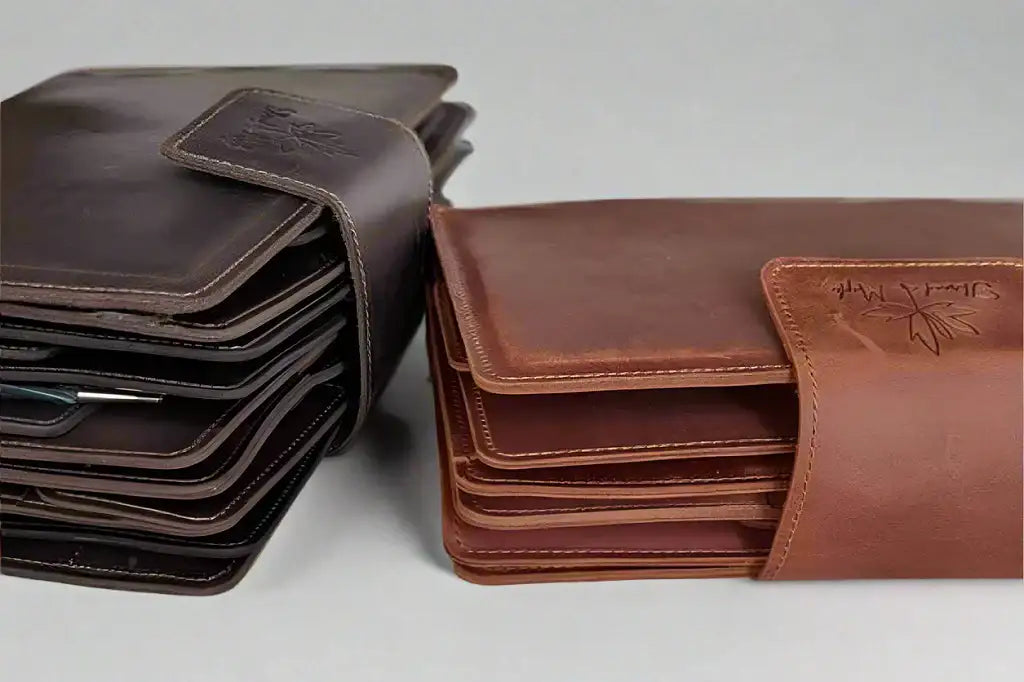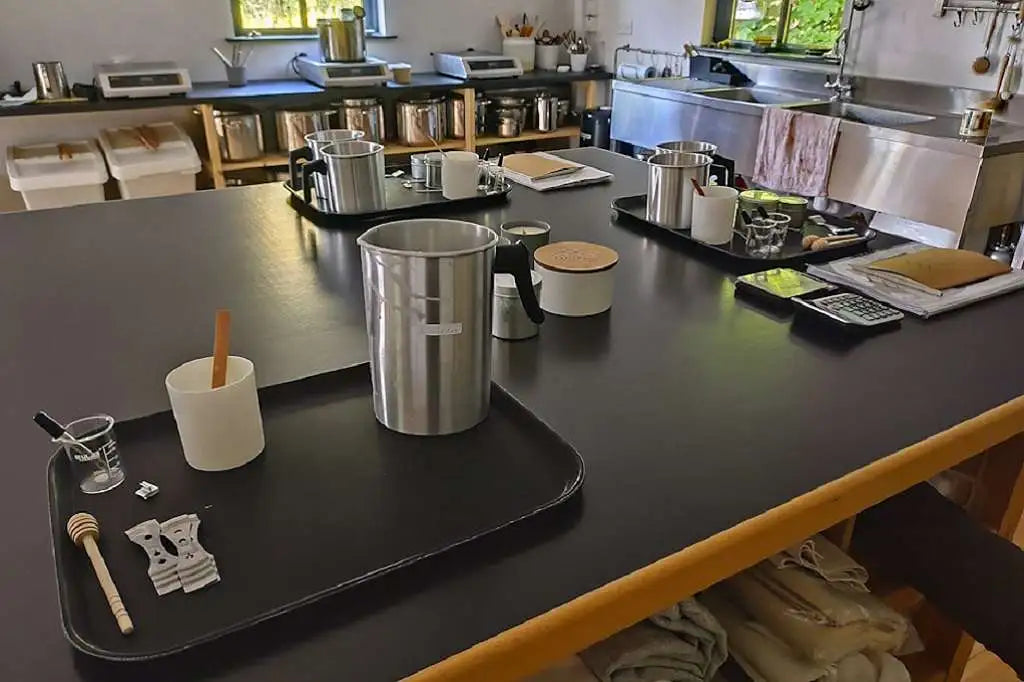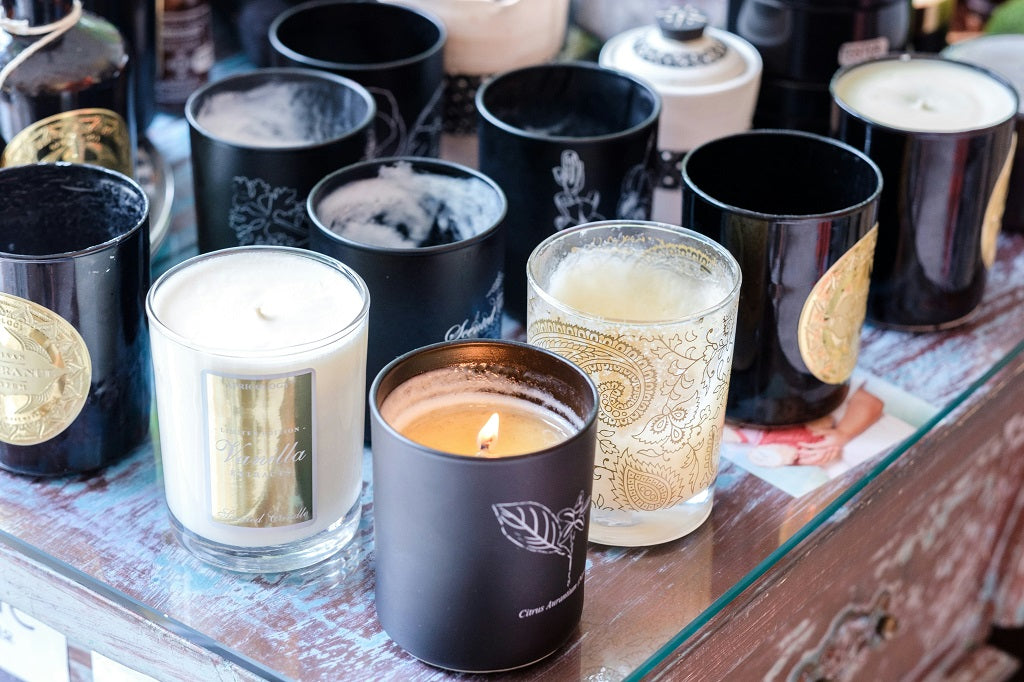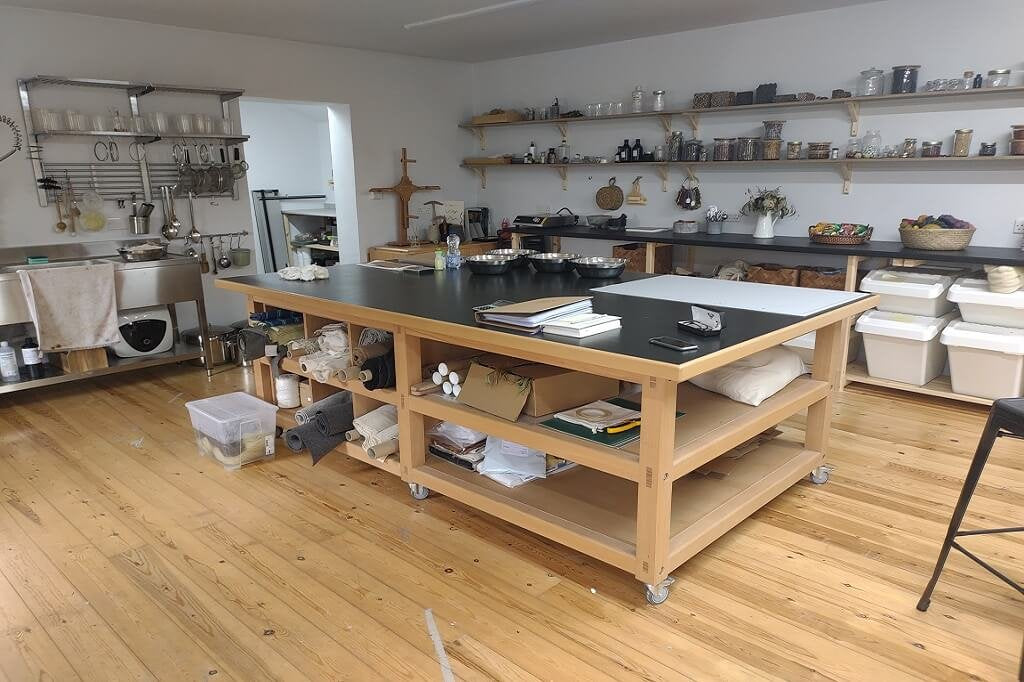Battle of Fishguard 22nd February 1797
Summary
The Battle of Fishguard in 1797 marked the last invasion of Britain, with French forces landing at Carreg Wastad Bay near Fishguard, Wales. Led by Colonel Tate, the poorly organised French army of convicts and soldiers faced local resistance. Heroine Jemima Nicholas famously captured French soldiers using a pitchfork, securing them in St. Mary’s Church. The invasion ended in just two days, with the French surrendering at the Royal Oak pub in Fishguard. This historic event is commemorated by a tapestry, a memorial at Carreg Wastad Point, and relics displayed in the Royal Oak pub, attracting visitors to Fishguard today.
Last Invasion of Britain 1797
If asked when the last invasion of Britain was, many people in the UK will remember 1066. The Normans invaded the south coast of England in 1066, defeated the army of King Harold and became the rulers of Britain for centuries. But that was not the last invasion of Britain, or at least mainland Britain as the Channel Island were occupied by the Germans in 1940.
The last invasion of Britain was in Fishguard, Wales by the French. The French invasion of Wales took place in 1797 and it became known as the Battle of Fishguard. The truth behind this story is one of a Welsh heroine who almost single-handedly saved the day for Britain.
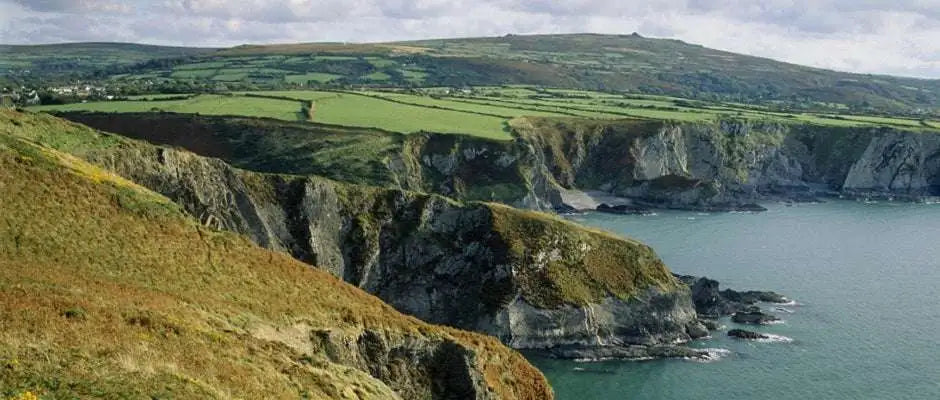
Where is Fishguard?
Fishguard is a small town with a population of approximately 3,500 on the west coast of Wales.
The French Invasion of Wales
The last invasion of Britain was in west Wales near to the town of Fishguard. The original plan of the French was to land at Bristol, but weather conditions and probably other mistakes meant that they actually landed in west Wales. On February 18th, 1797, the French invasion force set sail from Camaret. After landing on 22nd February between Fishguard and Goodwick at Carreg Wastad bay near to Strumble Head (Pen Caer) the French army of some 1,500 men marched inland and occupied higher ground Garnwnda and Garngelli.
Celebration Days in Wales
French Commander
The French army was under the command of 70-year-old Irish American Colonel Tate. The French 'army' consisted of some 600 army regulars but also 800 to 900 convicts and prisoners pressed into service and who had been offered their freedom if they joined the invasion. Rather than advancing on Fishguard with military precision, they decided to overrun a farmhouse one mile inland, called Tre-Howel and they made this their headquarters.
British Commander
When the invasion occurred, Colonel Thomas Knox, commanding officer of the Fishguard Volunteers, was at a ball at a prosperous farmhouse Tregwynt, located between Fishguard and St David's and some four miles from where the landing took place. The local British army was heavily outnumbered, but reinforcements were gathering at Fishguard where the officers were stationed overnight in what is now called the Royal Oak Inn.
Local Heroin, Jemima Nicholas, Wins the Day
The invasion started and finished within 2 days. A local heroine, Jemima Nicholas, is said to have captured soldiers single-handedly and secured them in St Mary’s Church with nothing more than a pitchfork. On 24th February, the French army marched down from their higher ground positions to Goodwick Beach, where they laid down their weapons and gave an unconditional surrender. The surrender was completed in the Royal Oak pub in Fishguard, and this is noted on a plaque above the front door.

French Surrender at Royal Oak Pub

The landmarks of this failed invasion are still to be seen today. Firstly, in Fishguard there is the 100 feet long Fishguard Tapestry recording of this event made in 1997 to commemorate the 200-year anniversary of the invasion. There is also a memorial at Carreg Wastad Point where the French landed.


And whilst you’re in Fishguard, you can visit the Royal Oak pub, still serving food and drink today and witness a wall plaque recording the surrender and also see the relics from the battle including weapons and the table where the surrender was signed by both armies.
Things you may not know about Fishguard
- Abergwaun (estuary of the river Gwaun) is the Welsh name of Fishguard, a small town on the west Pembrokeshire Coast, Wales. Fishguard has a population of approx. 3,500 and with its close neighbouring town of Goodwick, approx 5,500. Modern Fishguard consists of two parts, Lower Fishguard and the "Main Town".
- Lower Fishguard (Cwm Abergwaun) is a delightfully picturesque fishing village. In 1971, it was used as 'Llareggub' and the film backdrop to the Dylan Thomas Under Milk Wood film starring Richard Burton and Elizabeth Taylor. It was also used in the 1956 film Moby Dick starring Gregory Peck.
- Pen Caer is the Welsh name for the peninsular near to Goodwick and where the Strumble Head lighthouse is situated. The lighthouse is actually situated on a very small island off Pen Caer known as Ynys Meicel.
- At Fishguard Harbour in the town of Goodwick is the location of the ferry port to Dublin and also the terminus of the London to Fishguard railway.
- Cerys Mathews of Catatonia fame, went to school in Fishguard at Ysgol Bro Gwaun
- The English name of Fishguard derives from the Old Norse language Fiskigaror meaning "fish catching enclosure", indicating that there may have been a Scandinavian trading post, although no evidence has been found.
About FelinFach
Located in Pembrokeshire Wales, our ethos is defined in the three words...
NATURAL TRADITIONAL HANDMADE.
- Hand woven iconic Welsh blankets.
- Hand dyed yarn, dyed with natural dyes only - no exceptions!
- Hand poured candles, candle accessories and Candle Making Workshops.
- Natural Dyeing Craft courses.
- Yarn shop, yarn bowls, project bags, tools and accessories for knitters and crafters.
- Welsh Gifts, made in Wales, handmade in Wales.
We are a proud supporter of Americymru the Campaign for Wool, Global Welsh and Red Dragon America.
Other FelinFach Pages
Last updated 25th January 2025

